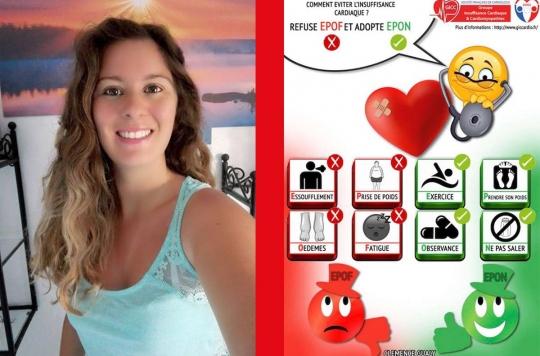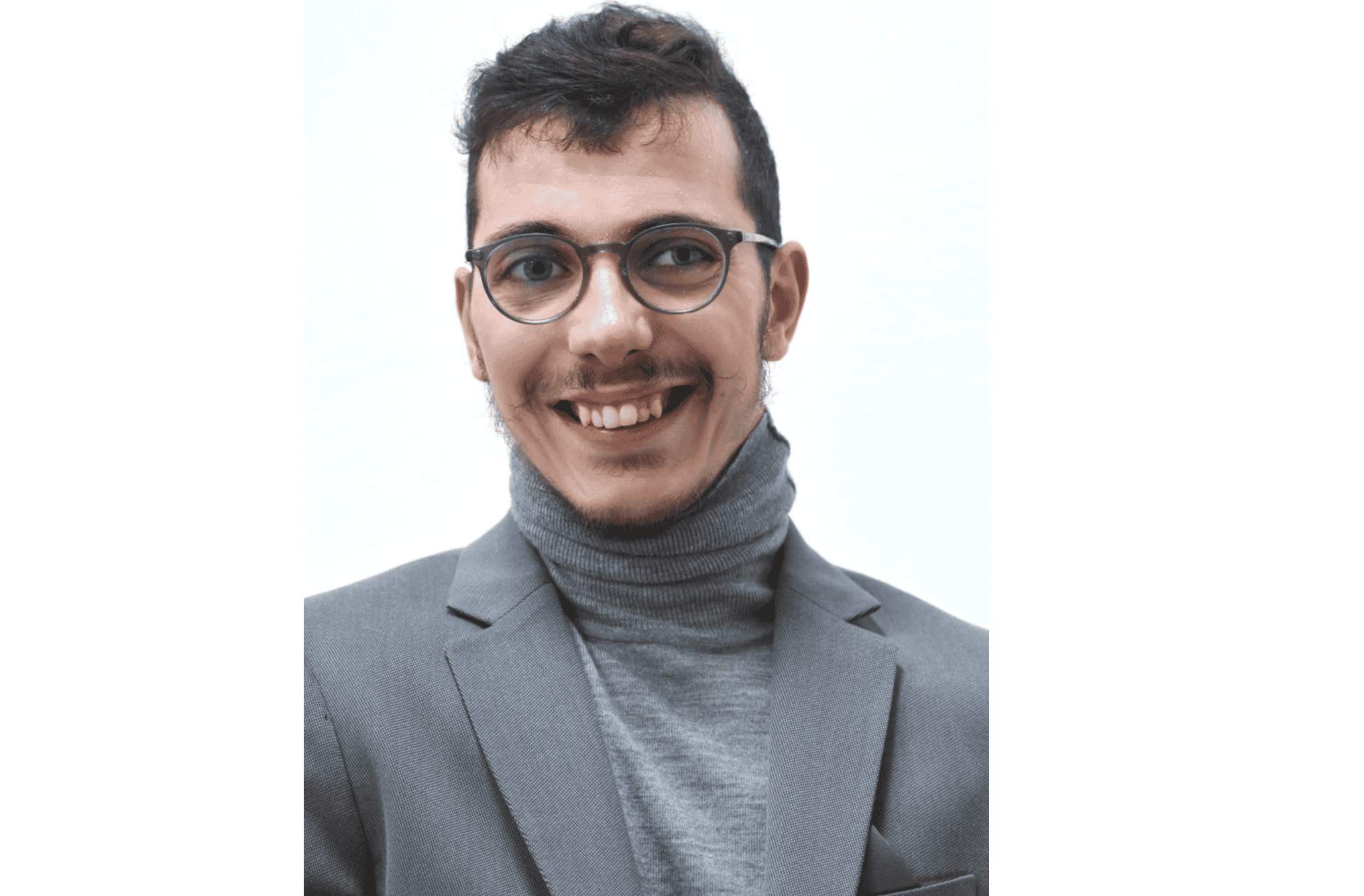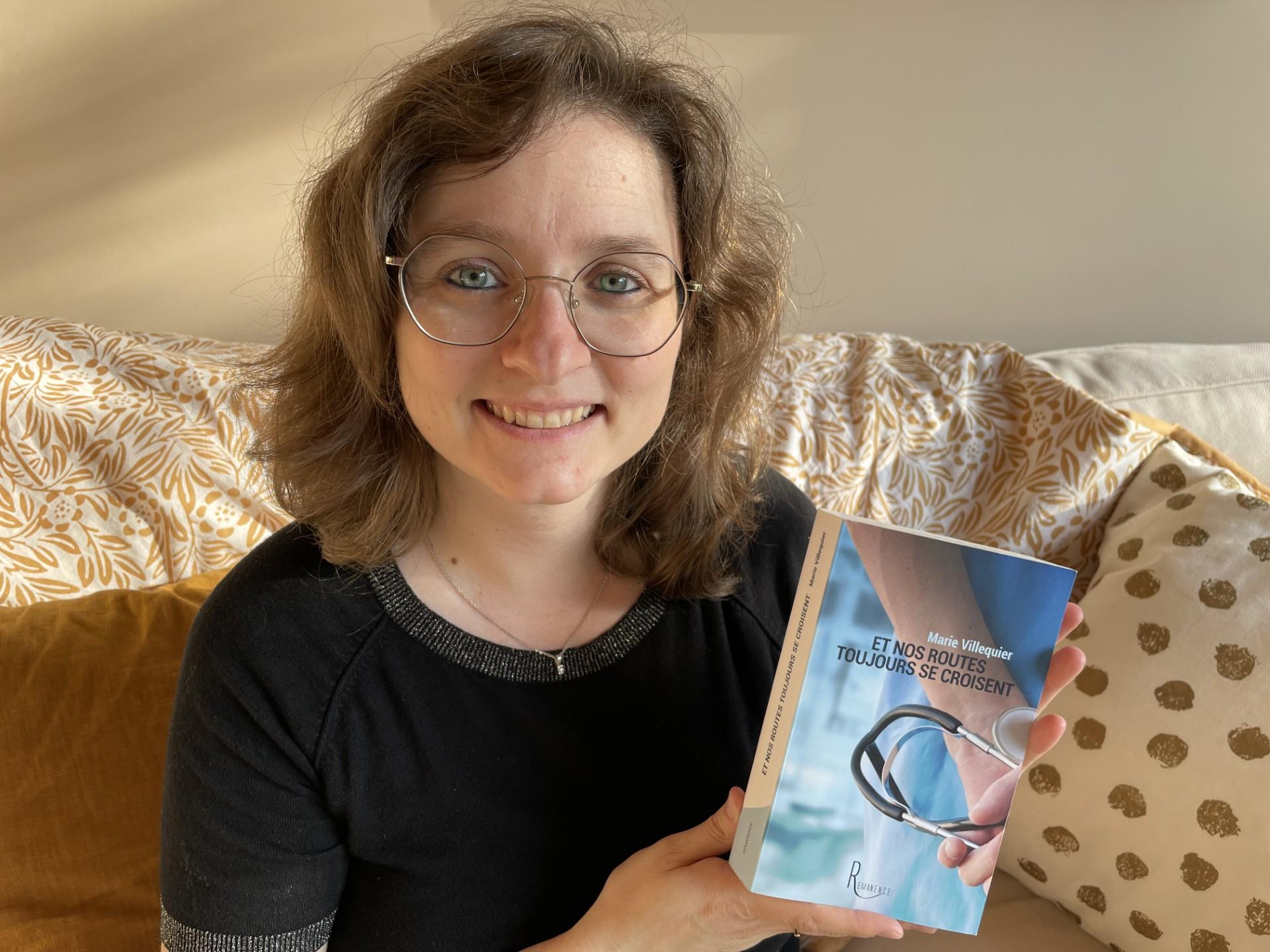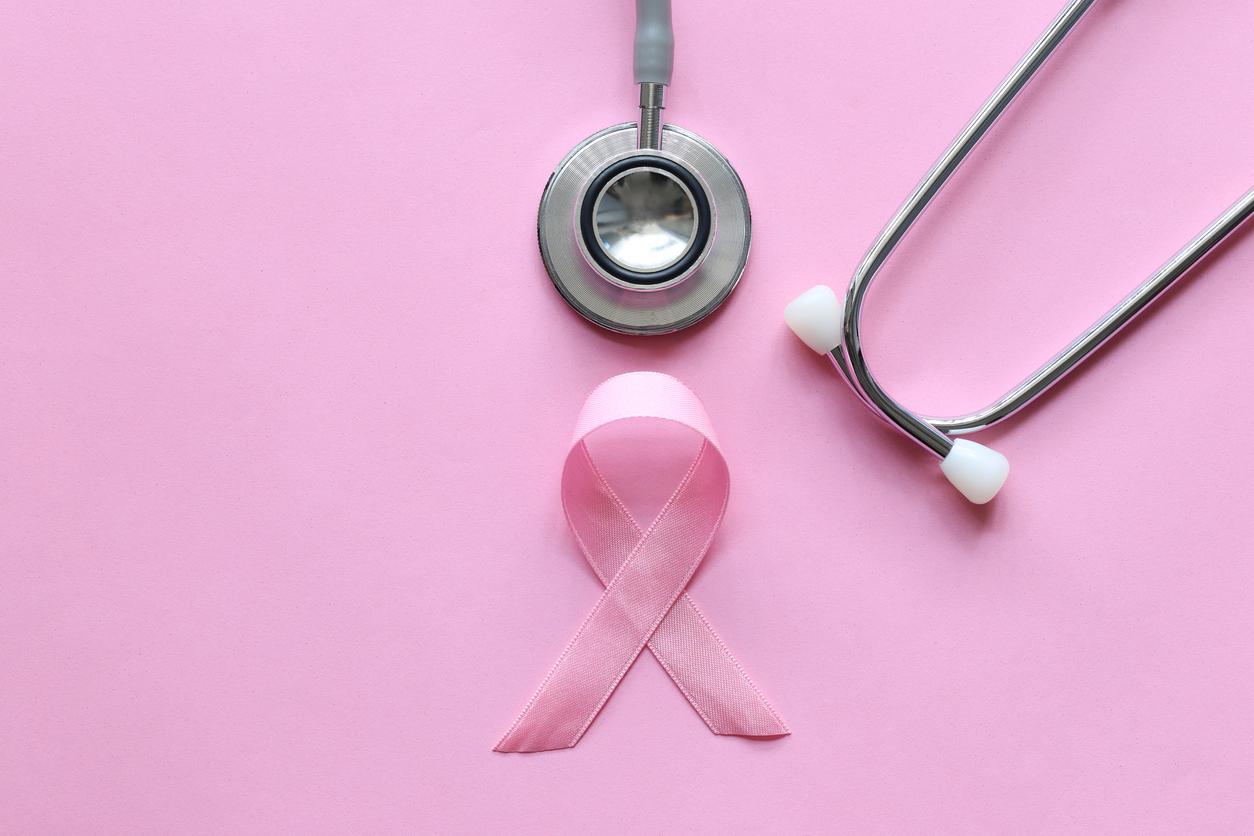Suffering from hypertrophic cardiomyopathy, Clémence Gualy, a 24-year-old young man from Montpellier, told Why Doctor her moving testimony which is a beautiful message of hope for patients who suffer from this rare disease.

“My name is Clémence, I am 24 years old and I was born prematurement at 7 months, on March 13, 1995, with a rather rare genetic disease, called ‘Hypertrophic Cardiomyopathy’, also qualified as obstructive. It is the Myh7 gene (myosin heavy chain) detected in me, which is ultimately responsible.
In my case, the wall separating the left ventricle from the right ventricle, the septum, was much thicker than normal; increasing over time, the risk ishas a blockage at the exit of the heart. This type of pathology is the leading cause of sudden death in young people under the age of forty.
I have been followed by cardiologists regularly since birth, with treatment of beta-blockers from an early age, it was only at fifteen that the first symptoms of the disease appeared and, during a session of volleyball (extreme palpitations, asthenia, dyspnea on exertion, pain in the chest, black veil in front of the eyes, atrial fibrillation).
A heavy, rare and delicate operation
It was at this time, and given the extent of the major septal hypertrophy 33 mm, that a heavy, rare and delicate operation, with an open heart, was necessary, under CEC (extracorporeal circulation) – the myomectomy heart – to remove part of the heart muscle responsible for the obstruction.
After a long preparation at the University Hospital of Montpellier, the intervention lasted about twelve long hours (from 9 a.m. until 9 p.m. in the evening) at La Timone hospital in Marseille. I left the operating room with the implantation of a defibrillator, as a preventive measure, and of a pacemaker which I will keep to remedy a complete atrioventricular block, which is always very risky after the operation. The operation went well, disturbed eight days later by a severe endocarditis on probes and boxes, infected by a ‘pyocyanic’ bacterium. Consequence: withdrawal of pacemakers, reimplantation of another pacemaker in the subventral wall, then administration for six weeks of a powerful antibiotic in a heart rehabilitation service in Hyères. Finally, post-operative stay again in Montpellier.
The will and the strength to believe
We didn’t know if I was going to be able to walk again one day and provide the essentials of daily life; but thanks to the will and by dint of believing in it, I succeeded and, since then, I lead an almost normal life, even if the disease remains incurable. I study philosophy, sport in leisure (swimming) and I am an activist in associations for both peace and the heart, believing that the two could come together in a common action. This despite the recent appearance of disorders in the heart rate (ventricular and atrial tachycardia) leading to some apprehension, knowing that the risk of resumption of hypertrophy of the heart muscle is not ruled out.
If I master my situation well and see the future with enthusiasm, I remain concerned by the fact that if I have children, the risk that they will have the same pathology is 50%. During these ordeals and faced with the concern of my parents, loved ones, friends and doctors, I always kept good spirits and I continually had the closest, even emotional, relationship with all the medical teams, feeling still present today.
The love for each other that I am given to guides me in my choices in life, and of course, in the fight that I have been leading since my earliest childhood against cardiomyopathy; believe me, it is a precious antidote because it can help us overcome many hardships…. So don’t waste it, know how to hear it, it will give it back to you….
To those who are affected by this pathology, may they be assured that they will always be taken care of with competence and dedication; above all, that they are not discouraged, see the present and the future, certainly with lucidity, but above all with hope! Research is progressing…
I would have liked to mention by name the various contributors who took care of me and continue for some, namely: in Montpellier: my cardiologist, doctor Sophie Guillaumont; Professor Michel Voisin; cardiologist Grégoire de la Villeon; my rhythmologist, Professor Jean-Luc Pasquié; nurses Annie Auer and Amandine Marquina (at the St-Pierre Institute in Palavas) and psychologists, in particular Stéphanie Legras (St-Eloi); in Marseilles, Professor Gilbert Habib; Dr. Emilie Bastard, but I especially want to say a big thank you to my surgeon, Professor Loïc Macé, who, at La Timone, successfully carried out this major operation.
Many others have counted in my eyes, but it is difficult to name everyone. I hope they don’t mind. To all of you, I am very grateful for allowing me to live, to live my life.”
Clemence GUALY
.










-1739366311.jpg)





